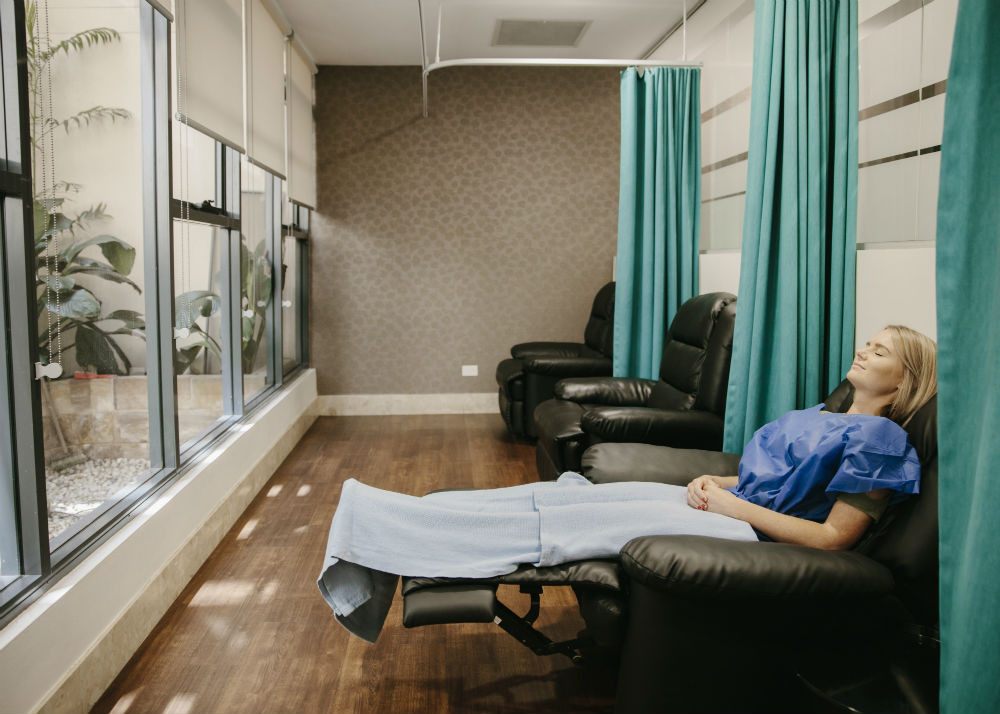Resuming exercise after a surgical abortion is an important aspect of your recovery, but it requires careful timing and consideration. The key is to allow your body enough time to heal while gradually reintroducing physical activity. In this post, we will see how to determine the right time to start exercising, what types of exercises are most suitable, and how to listen to your body’s signals to avoid complications.

Contents
How Long After A Surgical Abortion Can I Exercise?
After a surgical abortion, it’s crucial to give your body the time it needs to recover before returning to exercise. The appropriate waiting period before resuming physical activity can vary based on individual circumstances and the specifics of the procedure, but general guidelines can be helpful in planning your return to exercise.
General Guidelines:

- Immediate Post-Procedure: In the first 24 hours after a surgical abortion, rest is essential. Avoid any strenuous activities to allow your body to begin the healing process.
- First Week: During the first week, continue to avoid heavy lifting and high-impact workouts. Light activities, such as walking or gentle stretching, can be beneficial if you feel up to it.
- After the First Week: If your recovery is progressing without complications, you can gradually start to reintroduce more moderate exercises, such as jogging or light aerobics, after the first week.
- Two to Three Weeks: By this time, if you feel well and have had no complications, you may be able to gradually return to more strenuous activities, such as lifting weights or more intense aerobic exercises. Always listen to your body and scale back if discomfort or fatigue occurs.
Best Exercise After Surgical Abortion
Choosing the best exercises after a surgical abortion is crucial to ensure a safe and effective recovery. Here are some recommended exercises that are typically considered safe and beneficial after a surgical abortion:
1. Walking:
Walking is one of the safest exercises you can start with after an abortion. It’s low-impact, helps with circulation, and can be easily adjusted to your energy levels. Begin with short, leisurely walks and gradually increase the duration and pace as you feel able.
2. Stretching:
Gentle stretching can help maintain flexibility and reduce muscle tension, which can be beneficial, especially if you’ve been less active. Focus on gentle stretches without any rigorous or sudden movements.

3. Yoga:
Yoga can be an excellent way to gently reintroduce activity to your routine. It not only helps in maintaining flexibility and strength but also aids in stress relief and emotional well-being. Opt for gentle yoga classes or routines specifically designed for post-operative recovery or relaxation.
4. Pilates:
Pilates focuses on core strength, flexibility, and overall body awareness, which can be beneficial after surgical procedures. Start with basic and gentle Pilates exercises to help strengthen your body without straining it.
5. Light Aerobics:
Once you’re feeling up to it and with your doctor’s approval, light aerobic exercises like stationary cycling or low-impact aerobics can be good options. These activities increase your heart rate and improve cardiovascular health without too much stress on your body.
6. Swimming:
Swimming and water aerobics are excellent as they provide a full-body workout with minimal impact on the joints and the pelvic floor. The buoyancy of the water supports your body, reducing the risk of injury and strain.
Guidelines for Exercise After Surgical Abortion:
- Start Slowly: Gradually increase the intensity and duration of your exercise as your recovery progresses.
- Listen to Your Body: Pay attention to how your body responds during and after exercise. Any pain, discomfort, or excessive bleeding should be taken seriously and consulted with a healthcare provider.
- Hydrate and Rest: Make sure to stay hydrated and allow ample rest between workouts to support the healing process.
- Medical Clearance: Always get medical clearance from your healthcare provider before starting any exercise after a surgical abortion to ensure it’s safe for your specific situation.
Frequently Asked Questions
How long after surgical abortion can I exercise?
It’s recommended to rest for six weeks before returning to structured exercise routines. Gentle activities like pelvic floor and TVA activations can be resumed as soon as you feel ready.
What are the symptoms of uterine rupture after abortion?
Symptoms of uterine rupture after an abortion include severe abdominal pain, loss of fetal station, vaginal bleeding, and shock.
Can I exercise after an abortion?
Plan to rest after your surgical abortion. Normal activities can usually be resumed the next day, if you feel up to it. However, strenuous exercise or movements that trigger pain should be avoided for the first few days.
How can I tell if I have septic shock after an abortion?
Signs of septic abortion include elevated temperature, leukocytosis, lower abdominal pain, cervical motion tenderness, and a purulent vaginal discharge. Infection can spread from the endometrium through the myometrium to the parametrium and peritoneum.
How can I know if I have retained tissue after an abortion?
Retained products of conception after an abortion or early pregnancy loss can be detected by ultrasonographic endometrial measurement. If the measurement is 15 mm or more 2 weeks after the primary treatment, it may indicate retention.

Hello, I’m Ravindra. Over the years, I’ve immersed myself deeply into the world of fitness and health, transforming both my body and mind. Writing has allowed me to share my journey, insights, and expertise with those just starting out and seasoned fitness enthusiasts alike. Beyond just routines and diets, I believe in inspiring others to adopt a holistic approach to well-being.
